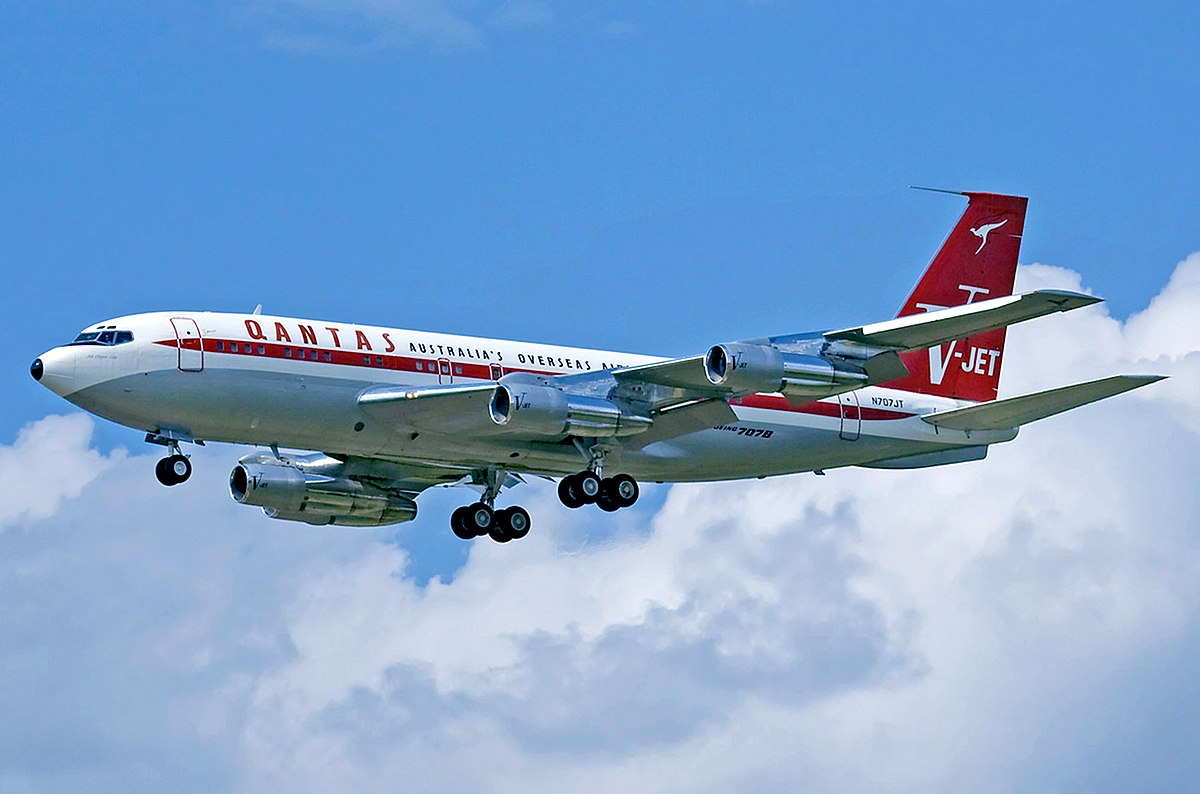Boeing Safety Program Model

Design Safety is the primary consideration when Boeing engineers design an airplane. In addition to meeting regulatory requirements before certification, each airplane model must meet Boeing’s time-proven design standards. Often these standards are more stringent than regulatory requirements. Regulatory requirements include ensuring redundancy in all critical systems. Every system vital to the safe operation of an airplane has a backup, and in some cases more than one backup.
For example, twin-engine jets are designed to safely take off, fly and land even if one engine fails. Boeing designs damage-tolerant airplanes. The airplane structure is designed to withstand 150 percent of the greatest load an airplane might encounter in commercial service. Engineers build in this extra margin of protection to allow a pilot to safely exceed the airplane’s intended flight envelope in case of an extraordinary emergency.
Testing Boeing airplanes are rigorously tested to ensure they meet or exceed design standards and certification requirements. Testing also helps Boeing find and fix problems before an airplane enters service. There are many kinds of tests. Structural strength is ensured by static and fatigue tests. Static tests apply maximum loads or pressure to validate the airplane’s ability to carry loads. These maximum loads are often far greater than any load that would be encountered under normal operational conditions.
During fatigue tests, the airplane is subjected to up to three lifetimes of normal wear and tear to help validate its durability. The tests help establish operator maintenance and repair schedules. Testing a new airplane design can take many months or years. Tests are conducted in laboratories, wind tunnels, icing tunnels, on the ground and during flight tests. In addition to validation tests of brand new airplane designs, each airplane that rolls off the production line is tested before delivery.
Boeing continually monitors the performance of airplanes worldwide to identify opportunities to improve safety. Arduino Serial Monitor. In-service events are analyzed through a formal, disciplined, safety process involving Boeing experts from a variety of technical disciplines, as well as senior and executive leaders.
The Boeing Company was honored today for its employee health and safety programs. To be a model of excellence - an. Training program. In accepting the award.
Executive leaders constitute the Boeing Aviation Safety Council, which formally oversees a unified safety plan rooted in the company’s long history of continuously improving the design, assembly, operation and maintenance of Boeing airplanes. Boeing works with the U.S. Federal Aviation Administration (FAA) to thoroughly review, and if necessary act upon, data from in-service events. Boeing also works with customers to understand and address potential safety issues. If a potential safety-of-flight issue arises, Boeing recommends corrective action to airplane operators. The FAA typically issues a rule that makes mandatory the actions recommended by Boeing. Permanent solutions must be thoroughly tested, analyzed, validated and re-certified.
Where necessary, Boeing deploys interim action to assure fleet safety until a permanent solution is available. In addition to monitoring the worldwide fleet, Boeing develops and incorporates new technologies to enhance safety. Through research, development and collaboration, Boeing has developed sophisticated technologies that provide distinct safety advantages. Excellent examples of how technology has made aviation safer are visible in flight deck systems designed to help pilots avoid two safety problems common in years past: windshear and controlled-flight-into-terrain (CFIT). Predictive windshear equipment along with improved windshear-training programs for pilots has virtually eliminated that type of accident. Similarly, the 'look ahead' terrain avoidance warning systems, such as Enhanced Ground Proximity Warning System, have helped dramatically reduce CFIT accidents.
Vertical Situation Display is another safety-enhancing technology. This sophisticated system allows pilots to see at a glance potential terrain conflicts and runway overshoots at a much earlier point in time than traditional warning systems. Human Factors Apart from airplane equipment and technology, Boeing leads the industry in studying and applying human factors engineering lessons to the design of commercial airplanes. Boeing human factors experts gather information about human abilities, limitations and other characteristics and apply the data to tools, machines, systems and processes.